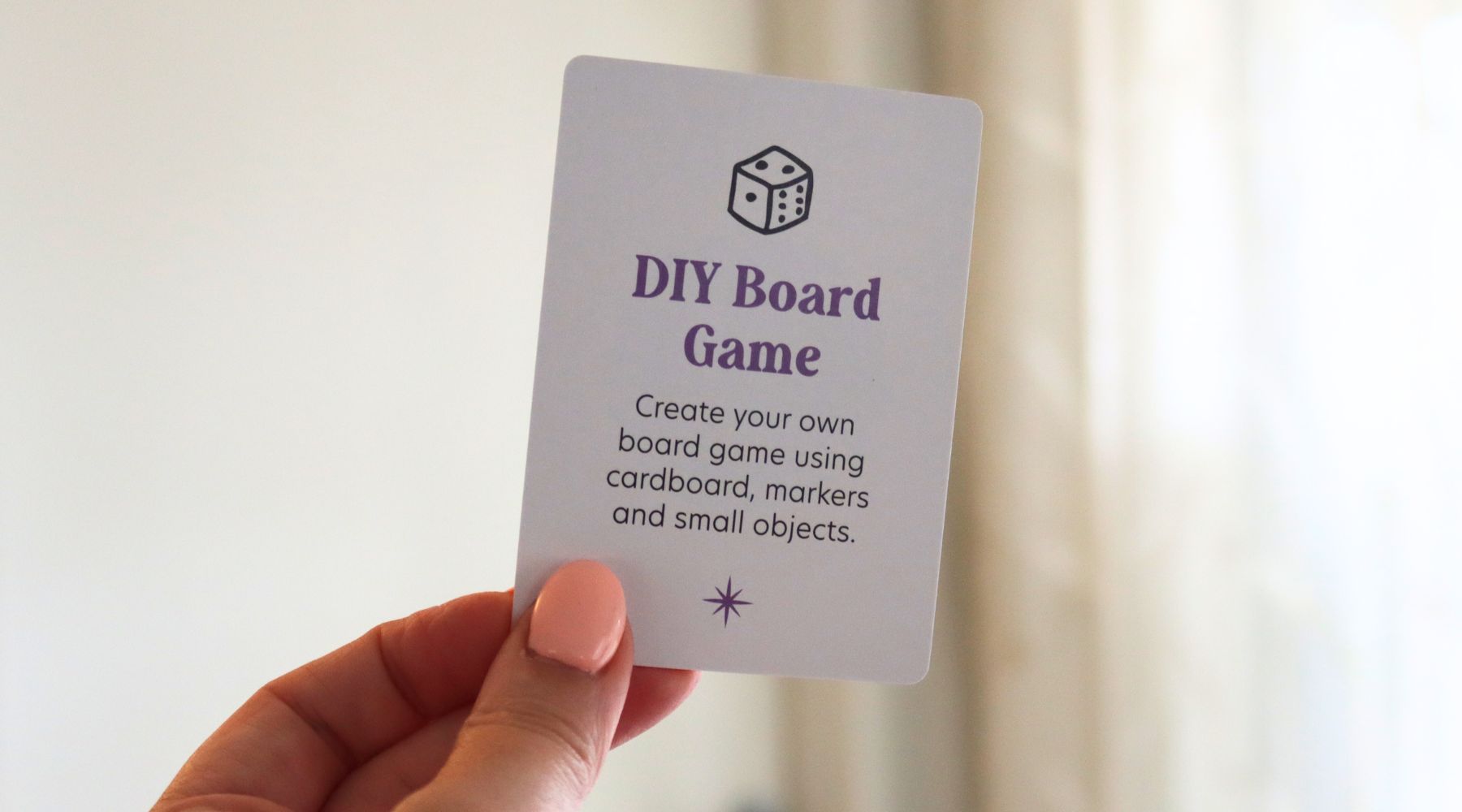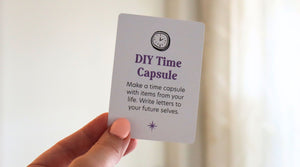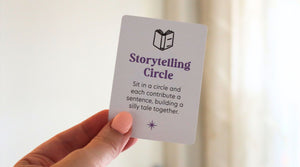Making your very own board game is a fantastic way to unleash your imagination and have loads of fun with family and friends! With just a few simple materials, you can design a game that’s all about your favourite themes, characters, or adventures. Let’s get started!
Why Make Your Own Board Game?
Imagine gathering everyone around a game that you created! Making your own board game is more than just a fun activity; it's a great way to challenge your creativity and think through different ideas. You’ll figure out how to set the rules, design the board, and make it exciting for everyone to play. Plus, it’s a perfect way to spend time with family, working together and sharing lots of laughs.
What You’ll Need
Gather these materials to get started on your board game:
- Cardboard: This will be the base of your game board.
- Markers or Coloured Pencils: For drawing and designing your game.
- Small Objects: These can be anything from buttons, bottle caps, or toys to use as game pieces.
- Paper: For writing down the rules and making cards if your game needs them.
- Scissors and Glue: To cut and attach pieces together.
Step-by-Step Instructions
1. Design Your Game Board
- Start by thinking about the theme of your game. Will it be a race to the finish line? A treasure hunt? Or maybe a journey through a magical land?
- Draw a large square or rectangular shape on the cardboard for your game board. You can make it as big or small as you want!
- Create paths, spaces, or obstacles for players to navigate. You can even add special spaces with fun surprises like “Go ahead 3 spaces” or “Lose a turn!”
2. Create Game Pieces
- Use small objects like buttons, Lego figures, or anything else you have around the house as game pieces. Each player can pick a unique piece to represent themselves in the game.
- If you want, you can even make custom pieces by decorating the cardboard with markers!
3. Write the Rules
- Every game needs rules! Write down the rules of how to play your game. Here are some questions to think about:
- How many players can play?
- How do you move around the board?
- What happens when someone lands on a special space?
- Make sure your rules are clear and easy to understand.
4. Add Fun Elements
- To make your game even more exciting, think about adding cards that players can draw. These can include challenges, rewards, or funny actions to keep everyone entertained.
- Use extra paper to create these cards and decorate them with colourful drawings!
5. Play the Game!
- Gather your family and friends, explain the rules, and get ready to play!
- Take turns moving around the board, drawing cards, and following the rules you’ve created. Don't forget to celebrate everyone’s victories!
Benefits of Making Your Own Board Game
- Enhances Creativity: You get to use your imagination and come up with unique ideas for your game.
- Develops Critical Thinking: Designing rules and figuring out how to play challenges your problem-solving skills.
- Encourages Teamwork: Playing with friends and family builds teamwork and communication skills.
Safety Considerations
- Be careful when using scissors and ensure that younger children have adult supervision when cutting or creating game pieces.
- If you’re using small objects, make sure they’re safe and not a choking hazard for younger siblings.
Fun Fact
Did you know? Board games have been around for thousands of years! The oldest known board game, called Senet, dates back to ancient Egypt. It’s believed to have been played by pharaohs and their families!
Wrap Up Your Adventure
Creating your own board game is an amazing way to express yourself, bond with family and friends, and enjoy hours of fun. So grab your materials, unleash your creativity, and let the gaming begin! Who knows? Your DIY board game could become a family favourite for years to come!



